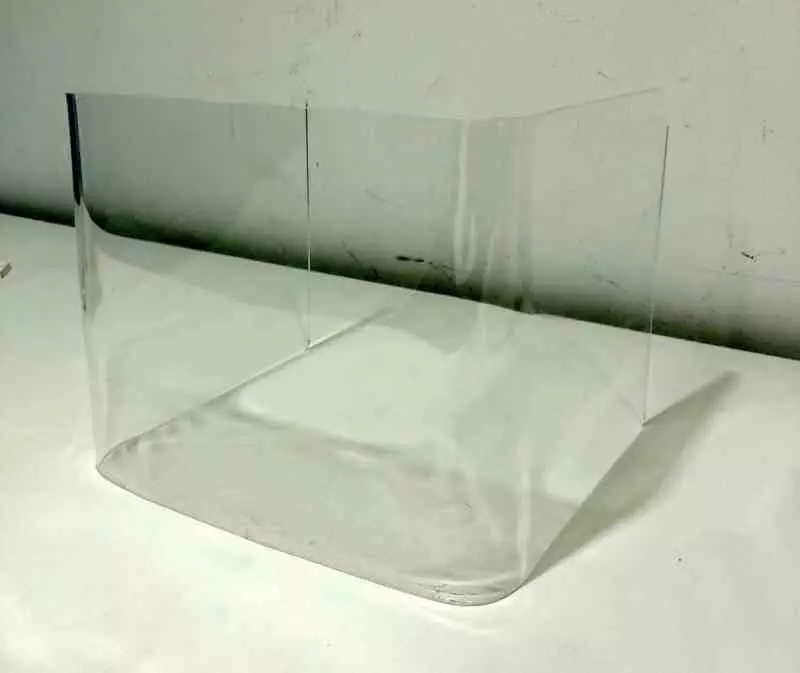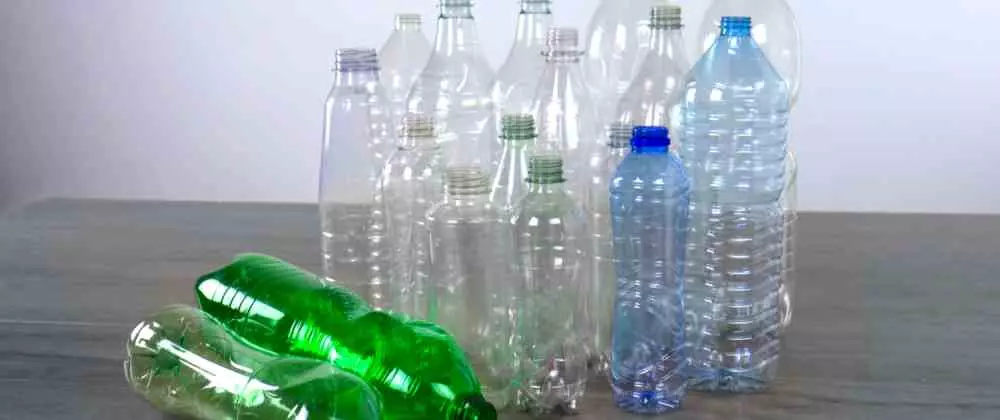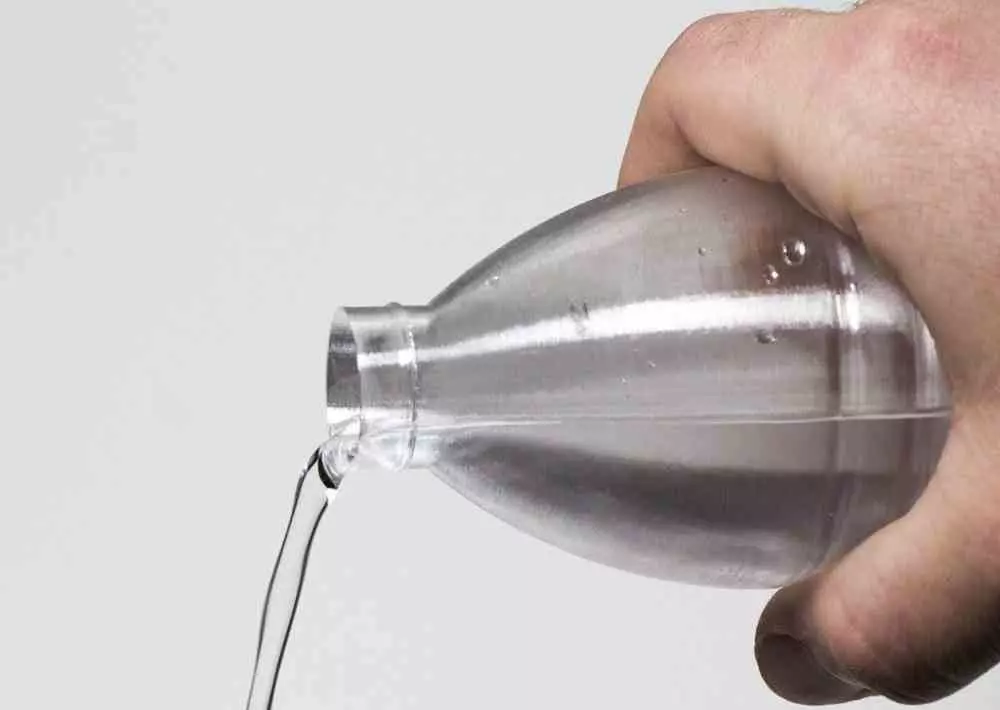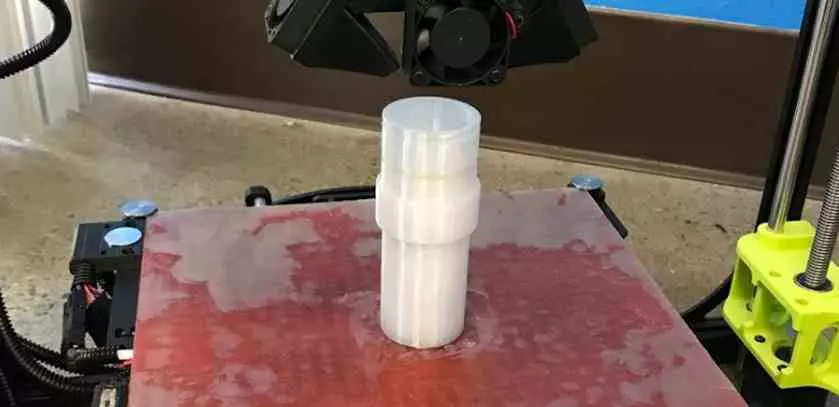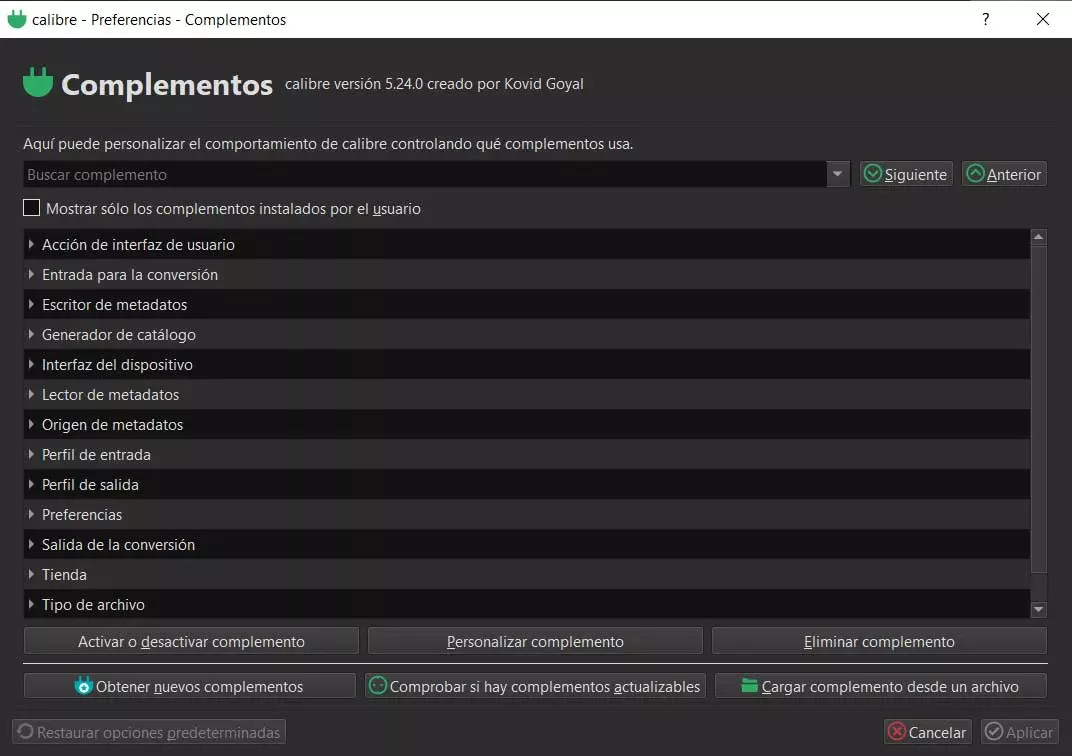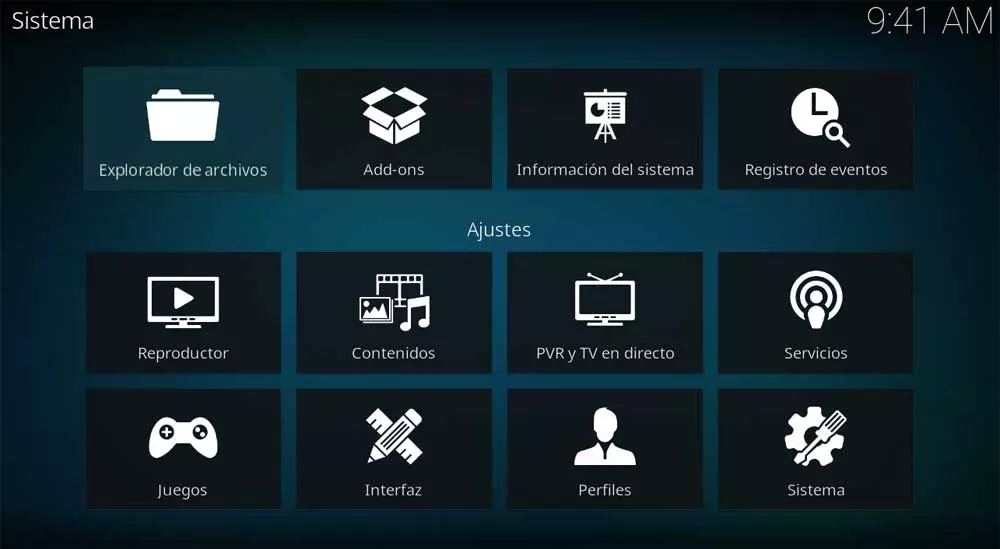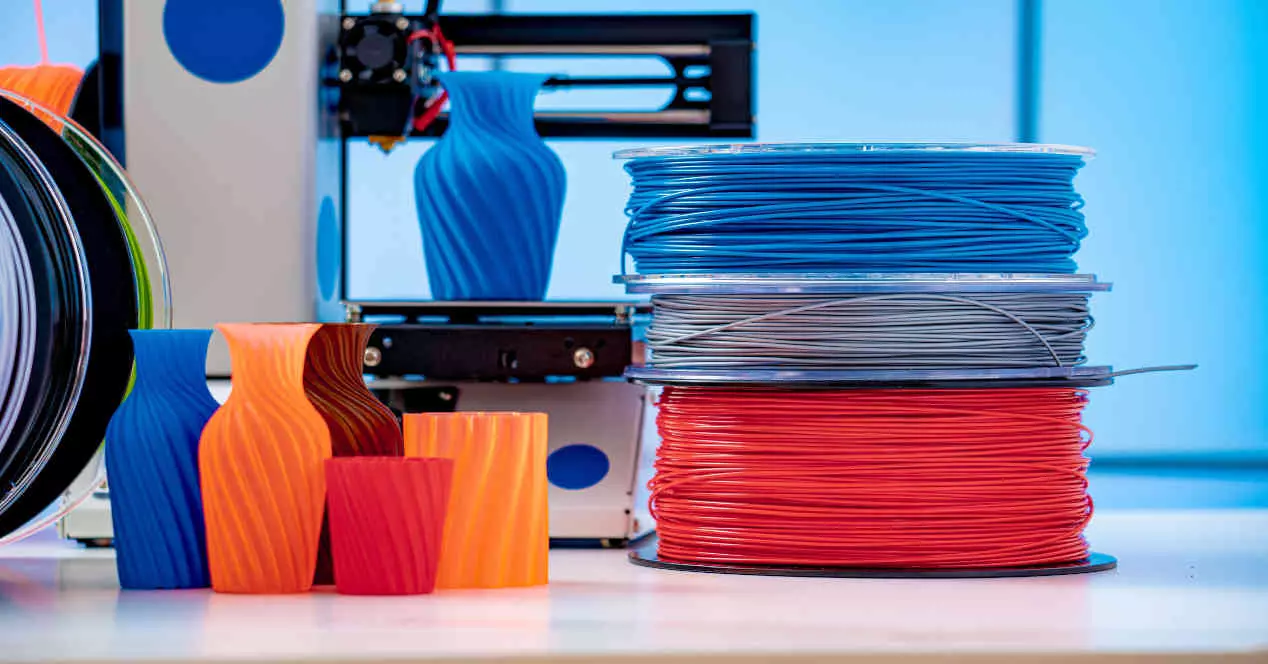
layer fan
The layer fan is a piece that some 3D printers bring and that consists of a fan that cools each of the layers and that is configurable at the revolution level from the control panel of the printer itself. These are highly recommended if we want to print small-sized parts where the time difference between layers can lead to the previously printed ones still being hot. The consequences? The figure comes out deformed, as if we had brought a gas lighter or cigarette lighter closer to cheap plastic. However, not all filaments support the layer fan and there are cases such as ABS and ASA where it is not recommended to use it due to the chemical properties of the materials from which they are formed.
hot bed
The heated bed is the surface on which the design you have made will be printed in 3D and its task is very simple: ensure that the printing area maintains a temperature so that the print remains adhered and does not come off by maintaining a stable temperature . Also, we have to take into account that some materials have problems cooling too fast, a problem that is known as Warping.
As a general rule, materials that require a heated bed do not need a layer fan and vice versa, since it makes no sense to be heating the material on one side and cooling it on the other at the same time.
covers
Some materials, when heated by the extruder of an FDM printer or the laser of an SLS, generate gases that can be harmful to our health, which is why it is recommended to enclose the printing area if our printer does not have it, either by buying a cover already built or, failing that, creating it ourselves with some DIY.
Keep filament spools well stored
Some of the materials are sensitive to humidity, which is why it is not recommended to print with a dehumidifier in the environment and store the reels well so that humidity does not affect them.
Types of filaments for 3D printing
The objects that we need to print in 3D are not always the same, for example we may need a material that has a low level of friction or a high resistance to heat, that is waterproof or simply that we can put in our mouths because we want to store it food inside. Unfortunately, the perfect filament does not exist and this leads to a large collection of them on the market.
Polylactic acid or PLA filament
This filament stands out for being extremely ecological, after all it is obtained from organic material such as corn, which makes it biodegradable, since it does not withstand high levels of humidity very well and breaks down at temperatures of more than 60° C. Its advantage is that it is one of the easiest materials to print on and this makes it ideal for new users in this field, as well as not requiring a heated bed, but the use of a fan is recommended. of layer
Its utility? To create decorative elements such as mock-ups and rapid development prototypes, as it is not only easy to use, but also has a high printing speed. It is the best material to start with, but unfortunately it is not recommended for manufacturing mechanical elements or liquid containers.
Filament of Polyethylene Terephthalate or PET
This type of filament is used to create containers to store liquids, since it is completely waterproof, has a high resistance to wear and corrosion and, thanks to the fact that it is semi-transparent, it helps us to see the amount of liquid that it houses inside. Not in vain, it is the same type of material that is used for the creation of fully recyclable plastic bottles, as well as for the creation of other elements used in the world of food such as cutlery, glasses and the like. Also, it does not require a heated bed to use.
PETG
PETG, on the other hand, is a variation of the previous filament that adds glycol to the mixture and gives it greater resistance to temperature, since it requires that the objects with which it comes into contact are at more than 80º in order to dissolve in instead of 60 degrees. Of course, this requires a hot bed and that it is configured at a temperature of 65 ° C.
ABS filament
We are facing the most used filament for 3D printing apart from PLA, but unlike this it is not biodegradable, although it is recyclable and is used to create plastic parts that are very light and at the same time resistant. The clearest example of elements printed with ABS Filament are LEGO pieces, so if your interest is to print that missing piece for your construction with the famous block game or hobby, then you are looking at the right material. Along with Nylon, it is one of the materials that we can also find in powder form for SLS-type printers or in liquid form for SLA printers.
And what about its properties? It requires to be heated up to 230 °C to 260 °C, remember that not all ABS filaments that are sold have the same chemical composition, although they are all made up of polybutadiene elastomers as a base. This makes them flexible, impact resistant and capable of withstanding temperatures ranging from -20°C to 80°C. However, it is highly vulnerable to warping and therefore requires a heated bed between 80°C and 130°C when printing with this compound.
It is not a filament that we recommend for users without previous experience, not only because of the need to use a heated bed, but also because of the chemical gases it releases. Therefore, we recommend a 3D printer that has its printing area closed when working with ABS Filament.
Polycarbonate Filament
This filament is one of those that demonstrates the enormous versatility that a 3D printer has in various fields and, contrary to the previous cases, its use is in the industrial world due to its great applications. It is a material with great resistance, capable of withstanding temperatures without deforming from -140 °C to 150 °C and its best feature is that it is completely transparent and of low density.
However, its counterpart is that it absorbs ambient humidity very easily, apart from being highly vulnerable to sunlight. This limits its use to closed environments. As for printing with Polycarbonate Filament, it is necessary to heat the extruder between 260 °C and 310 °C depending on the manufacturer, have a hot bed between 80 °C and 120 °C temperature and print in a camera closed as it happens with the ABS.
Nylon
The last of the materials that we will talk about in this article are polyamides, traditionally known as nylon. This is sold as a fine, granular powder that is intended to be used with a 3D printer of the SLS type, but we can also find it in the form of filament for FDM printers. It is one of the best materials for professional printing, especially for creating mechanical plastic parts in commercial products.
To print with Nylon in an FDM printer we must heat the extruder between 230 °C and 250 °C and use a heated bed of 80º during the printing period. As with polycarbonate, it is extremely vulnerable to moisture and is one of the reasons why, despite the fact that it has similar properties to ABS and is found in large quantities, it is used much more industrially.


